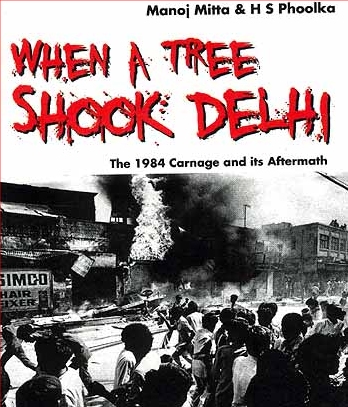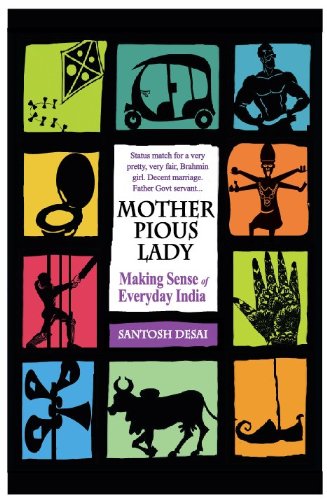As I begin to write this post, news has just poured in about the latest accomplishment by Aman Sethi, correspondent with ‘The Hindu’ in Chattisgarh. Mr. Sethi has bagged the Red Cross Journalism prize for a remarkable story he did in March, 2011 wherein troops of Koya and Cobra commandos in a well-planned combing operation had left three villages incinerating, three women were assaulted, three villagers and three policemen got killed in an operation that was based on a tip-off about an arms factory being run by Maoists in Tarmetla region in Dantewada district. The only thing this troop did stumble upon in their vanquishing act was a 15-foot memorial built to commemorate the death of Maoists killed in April 2010 encounter.
Sethi happens to belong to that infantry of journalists who are trying to make a dent with their own kind of reporting that is raw, refreshing and informative however disturbing it might seem on the very outset of it. Other brave hearts who also seem to don the part of nothing less than mercenaries are Rahul Pandita whose book ‘The Absent State’ impacted my life rather hard and my perspective towards the disturbed regions of India be it the Red Corridor, North-East or Jammu Kashmir for that matter changed for once and all.
As the Goa Thinkfest congregation contemplates over the topic, “Missing Code: Why people are always angry with the media” one needs to understand the impact of the niche carved by media, its sustenance and the myriad roles that come under one umbrella. First and foremost, a sieve needs to be resurrected whereby the flippant scribes could be filtered from the genuine ones with the former ones being packed and sent off to Papua New Guinea for a fairly long time!
As far as the chagrined state of the general public is concerned there are pretty enough and justifiable reasons behind this rage, though it would be even better if it’s referred to as ‘complete disillusionment’ dawning upon with regards to the fourth pillar of democracy. In the context of India, the country’s faith into some of the top-notch journalists was blown into smithereens with the emergence of the Radia Tapes. Collusion between the business houses and political honchos was a known fact but that news reporters of repute are donning the part of messenger between them, bridging every possible lacuna that might exist did leave us flabbergasted if not shocked with fear!
Similarly the tectonic plates were jolted with utmost intensity in the international arena when the Murdoch Gate appeared as the Goliath ready to gobble away the Brown government in UK. It was still digestible as far as hacking of phones of celebrities and the Royal family is concerned, but poking your nose or rather ears, into Milley Dowler’s voicemail, the teenage girl who was abducted and later on found murdered, was atrocious on part of NOTW (News of The World). If people are riled by these actions it shouldn’t come as a surprise rather a reaction that has come naturally thanks to some pesky critters that thrive on sensationalism and prurience, for this is what comprises bytes or rather scoop for them! Downfall of a 168-year old paper was consequential in the wake of chicanery it had opted for to gain access to an even wider readership base.
Yet I can say that it would be wrong to paint the entire canvass with a single color. Still there is this question lurking at the back of my mind, why it is that I have to pick an ‘Everybody loves a good drought’ by P. Sainath to understand how terribly the government schemes have failed in rural areas. Why it is that a Kishan Yadav hailing from Godda, Bihar who ferries on his cycle as much as 250 kg of coal for distances ranging from 40-60 kilometers all for a daily wage of Rs. 10 per day never makes it to the front page of newspapers or primetime slot of news channels?
Broadsheets have been transformed into retail shanty wherein ads are bubbling more vivaciously with all the bright pictures, colors and hues, catchy bylines and so on and amidst these you would find news managing to make a dent in the Halloween! Let me concede that full-page advertisements hailing from any sub-domain whatsoever does hurt my sensibility to a large extent! Perhaps there is a need to overhaul the business model that is so heavily dependent on frivolous advertisements as a source of revenue!
By the way can anyone explain to me, what are those risqué pictures of Poonam Pandey doing on the online portal of ‘India Today’? Ok a wannabe is trying to garner attention, why are you facilitating it to the lady anyways?
It was a blank editorial that marked the edition of the Indian Express on June 28th, 1975 as a mark of protest against the emergency imposed by former Prime Minister, Indira Gandhi.
And yes, we are not angry perhaps perturbed at the current state of affairs and mulling over if the loopholes can in fact be plugged. After all, the media orchestrated Anna-Lila has gone off air just a few days back!











